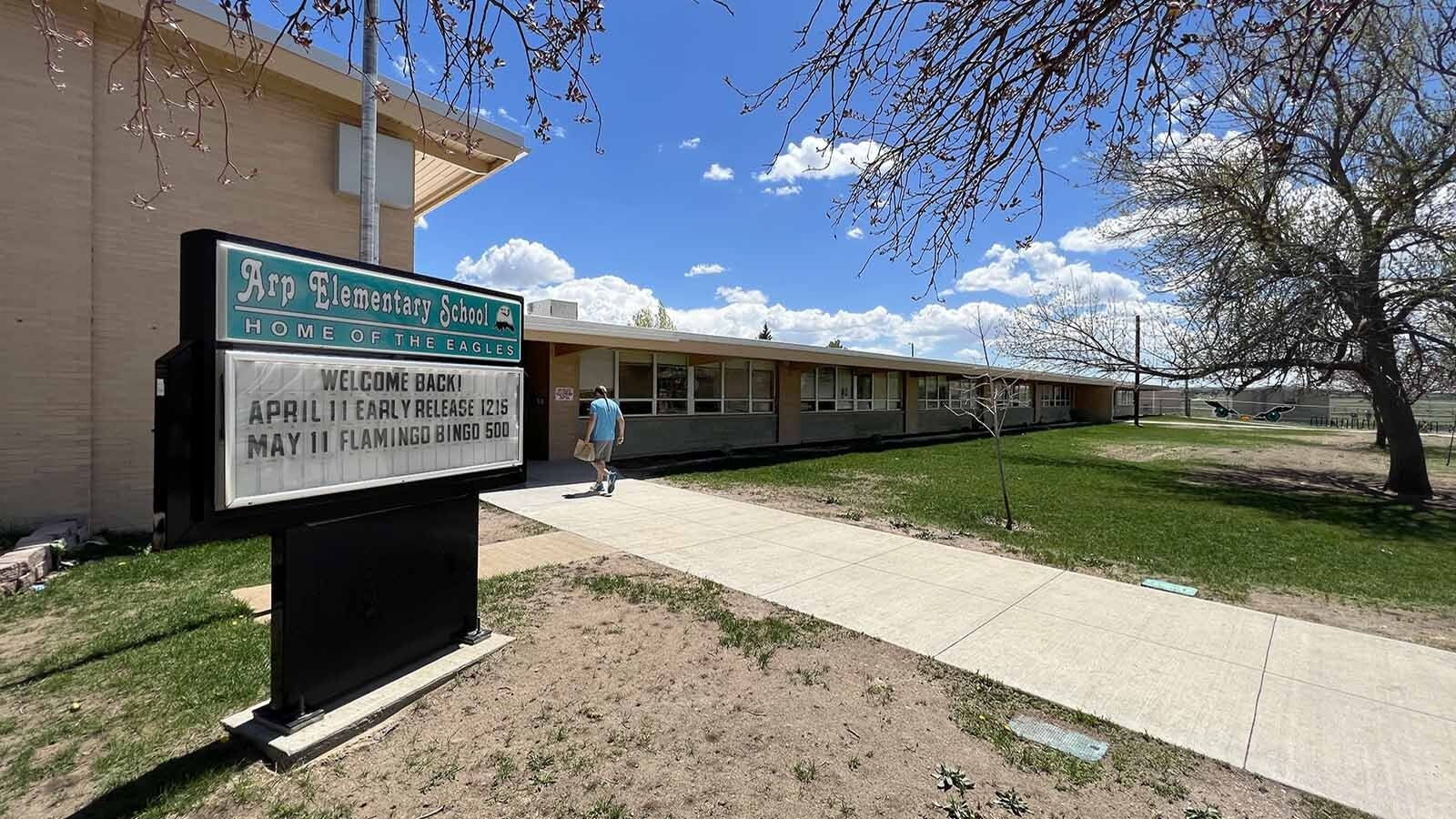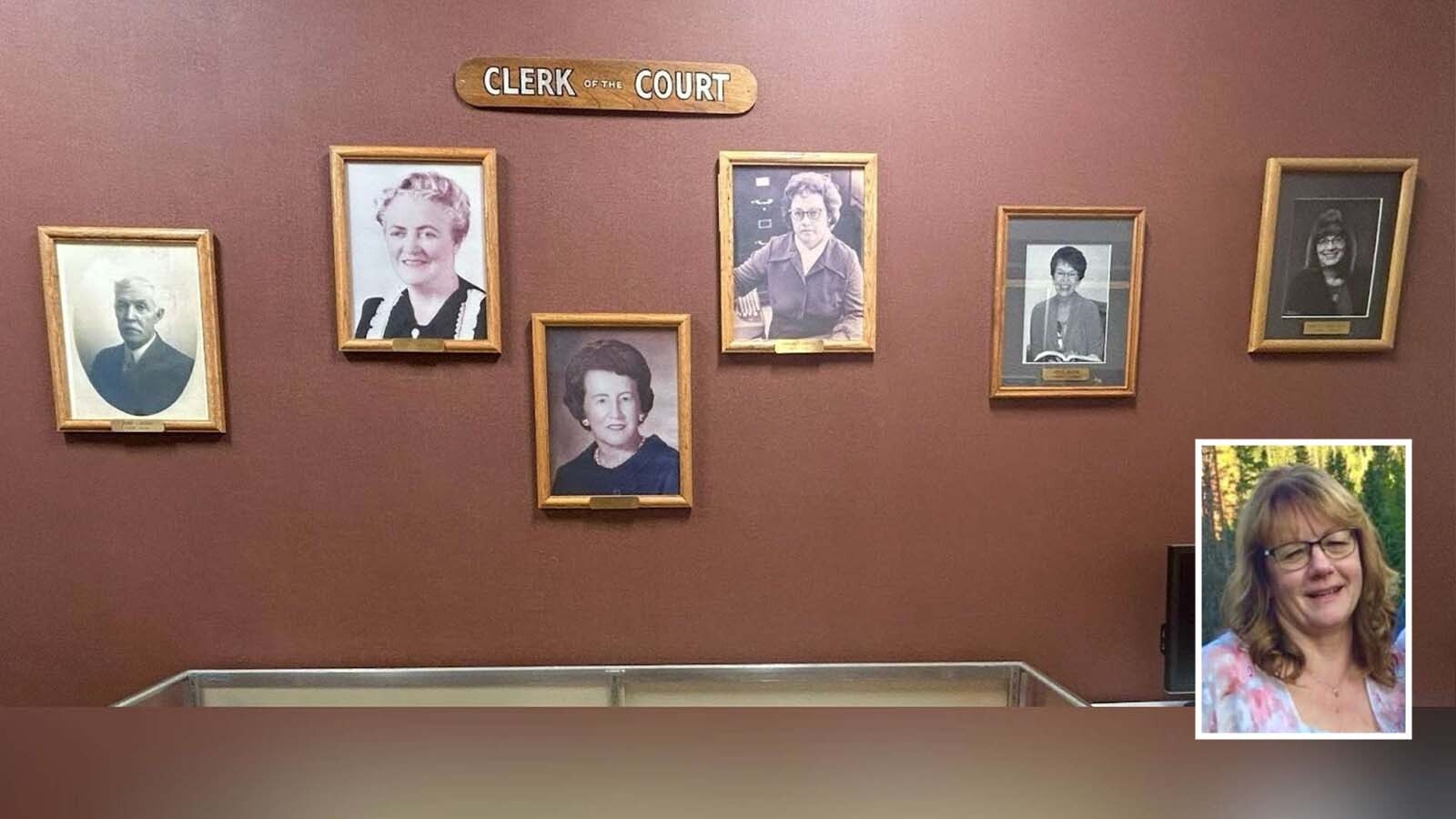State Rep. Landon Brown, R-Cheyenne, likened the approach the Senate took Thursday in cutting $111.8 million in proposed major Wyoming school construction projects to performing surgery with a bludgeon instead of a scalpel.
“They could have gone in with a scalpel instead of a bludgeon, and they went in with a bludgeon hammer,” Brown said.
The Wyoming Senate voted 16-15 twice to cut funding for the design and construction of seven school projects around the state in the next biennium. The cuts were primarily in response to concern about the way two high schools were selected for the state money, one in Jackson and another in Rock Springs.
“The problem I have with that is, go after those two if you don’t like those particular two,” Brown said. “The rest of the process was followed with complete fidelity.”
Sen. Larry Hicks, R-Baggs, proposed both amendments, arguing the Legislature should follow its own rules no matter the circumstance. He said the Legislature was “putting the cart in front of the horse” by approving the construction projects.
“I want to be prospective and say from this point going forward, we in the Legislature, to the maximum extent possible, should follow our own laws,” he said. “Follow the rules of the agency and have a high degree of fidelity to the process.”
These two schools were chosen for state capital design and construction funding by the Joint Appropriations Committee and Select Committee on School Facilities, the latter of which Brown co-chairs. Brown said his committee had the discretion to make the move, it did and called the Senate’s decision disrespectful to his committee and has the effect of “putting two horses together and running them in the opposite direction.”
“To have my leadership challenged in that fashion, saying that my control of my committee was not adequate, is frustrating to me,” Brown said.
During the 2023 interim session, the committee circumvented its own selection guidelines to give these schools priority over others based on a preference for the results of a 2016 study rather than a study performed last year, a move it doesn’t typically make when selecting schools for funding.

‘Fidelity’
“Fidelity,” which means staying true to a belief, was used multiple times during Thursday’s discussion on both sides of the argument.
Hicks successfully argued that the Senate should go back and study its selection processes over the upcoming interim session before devoting any more money to the major school construction projects.
It is these processes that can be used to determine the most effective solution for school construction needs, which can sometimes involve bussing students to new schools or changing district boundaries instead of engaging construction and saving millions of dollars, he said.
“We really should know what the alternatives are in these schools,” said Senate President Ogden Driskill, R-Devils Tower. “You’re talking about hundreds of millions of dollars.”
But by making the decision it did, the Senate also left by the wayside funding for the design and construction of schools in Campbell, Laramie, Niobrara and Goshen counties.
Cheyenne Republican Sens. Affie Ellis and Tara Nethercott voted against the amendment, arguing that Laramie County schools often get left the short end of the stick when it comes to capital construction funding.
They also mentioned the plight of Arp Elementary, a school on the low-income south side of Cheyenne infested with vermin and sewage. Students from this school have had to attend a temporary school on the north side of the city for the last 18 months while awaiting a new school to be built for them.
Around 46% of the roughly $37 million total cost of the Jackson Hole High School project is being funded with local money, which is part of the reason why it was bumped up on the priority list for the School Facilities committee. For Sen. Charles Scott, R-Casper, this was a step too far.
“One thing the (Wyoming) Supreme Court has made very clear is that we got to get away from funding things based on local wealth,” he said. “We can’t discriminate based on that, and that’s exactly what we’re being asked to do here.”

What It Means
The Senate decision will hold serious ramifications for the remainder of the legislative session as the House voted to approve the school construction projects.
The differences between the House’s and Senate’s versions of the biennial budget will likely be hammered out over multiple joint conference committee meetings in the coming weeks. The fact that the Senate only passed the cuts by the smallest of margins won’t hold any weight in these negotiations, Brown said, because he said members are expected to argue in favor of the legislation passed by their chamber.
“I think it’s going to be a very, very difficult position for both the House and the Senate to come together and determine what we actually want to move forward with as a state,” Brown said.
The Senate did increase overall state funding for 11 school maintenance projects in Uinta, Teton, Converse, Carbon, Hot Springs, Fremont, Sublette, Platte and Sweetwater counties from $25.1 million to $33.4 million when it moved Rock Springs High School into this category.
Brown said this isn’t the right approach for the design work needed at Rock Springs High School, projected to cost around $8 million.
Sen. Stacy Jones, R-Rock Springs, agreed, saying some students at the school have to travel across town and sometimes on Interstate 80 to a different facility for some classes.
“We made an educated decision and that’s our prerogative as a legislative body, which is to take the $8 million and instead of putting $8 million into a sinking ship that has holes all over it, let’s working on building a new ship,” he said.
Many of those who argued in favor of Hicks’ amendments said they will only result in a temporary delay in the school construction projections.
Brown said this will lead to at least an 8% to 10% increase in overall costs because of inflation. Sen. Stephan Pappas, R-Cheyenne mentioned a recently completed school project in Cheyenne that ended up being much more expensive than its original price tag due to delays.
A total of $29 million in funding for the design and construction of ancillary projects around the state also passed.
The Senate also rejected an amendment brought by Hicks to not allow the state to spend $3.5 million for a portion of an elementary school in Natrona County.
Leo Wolfson can be reached at leo@cowboystatedaily.com.





